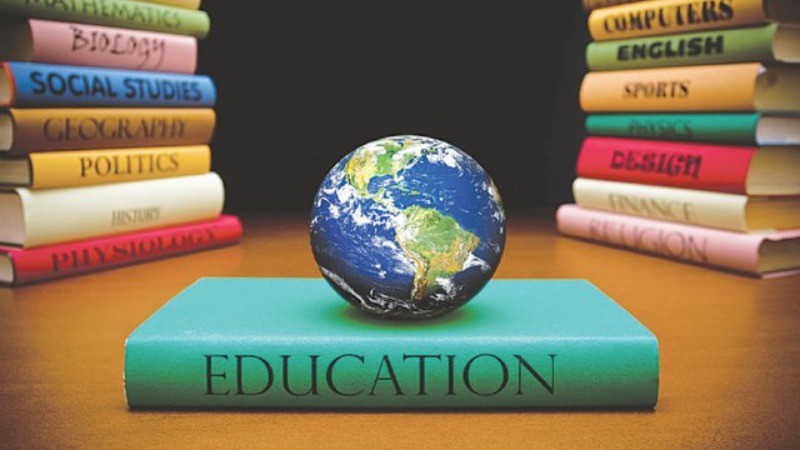
Importance of education in improving a country’s economy
India has always been at the forefront to include education as an essential element in its every development strategy. From the introduction of UGCs and IITs in its very first five-year plan, India has been consistent in improving the education scenario of the country. India has also been vocal about the importance of education in economic growth ever since its independence. It is aware of the human capital that contributes immensely to the economic growth of the country. However, the country is still grappling with difficulties in reaching out to the less privileged in the rural areas and eliminating the gender disparity in education. Find out how education grooms human capital and the challenges faced by India to promote education at its root level.
Human capital and economic growth explained
Human capital is defined as the skills and knowledge possessed by a citizen that can produce labour of financial worth. A country’s economic growth is mostly dependent on its human capital, as more and more skilled professionals would be able to handle complex machines and techniques that contribute towards the productivity of physical capital. Increased production leads to a better economy. Apart from increased productivity, an educated population can also contribute to innovations, which indirectly increases the GDP of a country.
Human capital is only possible if the country facilitates education among its citizens without disparity. Studies have confirmed the importance of equality in increasing the employment rate, which leads to a rise in production in turn. An increase in income and increase in employment can help in reducing economic disparities that also forms the crucial indicator of economic development of a country. Similarly, an economically equal society paints a positive picture with zero percent orthodox thoughts and increased participation of the workforce in the production level. Watch out India’s education strides towards the tremendous economic development in the country.
Education in India
How does the government spend on education in India?
The amount allocated to the expense of education from its annual budget and the amount obtained as a percentage of Gross Domestic product amounts to the total cost spent on education in India. While the expense allotted in the budget shows the government’s interest in promoting education, the GDP per cent is the indicator of commitment of the government towards educational progress in the country. India’s historic Right to Education Act of 2009 makes the country first in the world to make a government accountable for ensuring enrolment, attendance, and completion of elementary education. A significant share of government expenditure goes to the elementary schools in India, which has been declared free and compulsory for children between the ages of 6 to 14.
India considers education as a vital component that can contribute significantly towards the growth and development of the economy and is working tirelessly towards drafting policies for the future. The government policies are also keen on ensuring that education in India is of higher quality and is made available to the population irrespective of discriminations. Though the literacy level has attained an unimaginable position in the current scenario, India is still struggling with a few root level problems such as gender disparity, privatization, low rural access, and low expenditure by authorities, making education progress sluggish.
Government is working hard to improve education in India, by rolling out schemes to enhance the gender equality that increases the social status of women, improve their health, and also make them financially independent. Measures are also proposed to improve the people’s reach to higher education and improve the employment opportunities of skilled labour.
Find More About : Education’s Role In A Gender-Neutral Society
